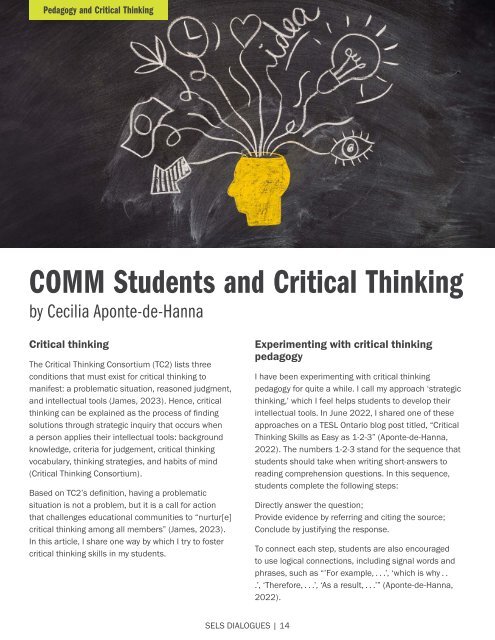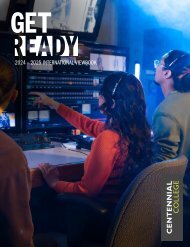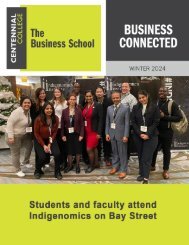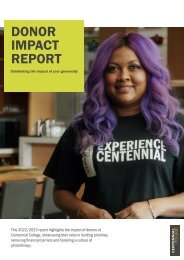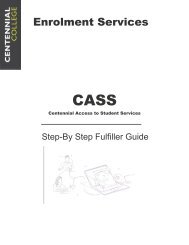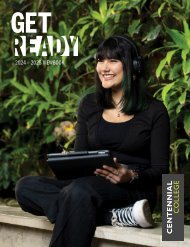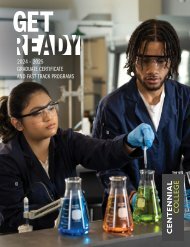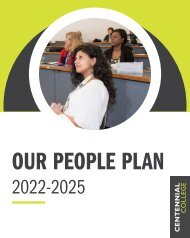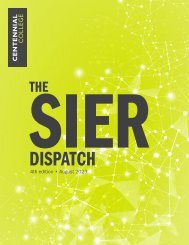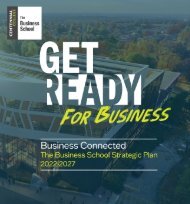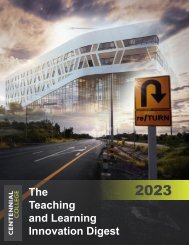SELS Dialogues Journal Volume 3 Issue 1
A diverse collection of articles, each offering a unique perspective and contributing to the ever-expanding landscape of knowledge and creativity.
A diverse collection of articles, each offering a unique perspective and contributing to the ever-expanding landscape of knowledge and creativity.
You also want an ePaper? Increase the reach of your titles
YUMPU automatically turns print PDFs into web optimized ePapers that Google loves.
Pedagogy and Critical Thinking<br />
COMM Students and Critical Thinking<br />
by Cecilia Aponte-de-Hanna<br />
Critical thinking<br />
The Critical Thinking Consortium (TC2) lists three<br />
conditions that must exist for critical thinking to<br />
manifest: a problematic situation, reasoned judgment,<br />
and intellectual tools (James, 2023). Hence, critical<br />
thinking can be explained as the process of finding<br />
solutions through strategic inquiry that occurs when<br />
a person applies their intellectual tools: background<br />
knowledge, criteria for judgement, critical thinking<br />
vocabulary, thinking strategies, and habits of mind<br />
(Critical Thinking Consortium).<br />
Based on TC2’s definition, having a problematic<br />
situation is not a problem, but it is a call for action<br />
that challenges educational communities to “nurtur[e]<br />
critical thinking among all members” (James, 2023).<br />
In this article, I share one way by which I try to foster<br />
critical thinking skills in my students.<br />
Experimenting with critical thinking<br />
pedagogy<br />
I have been experimenting with critical thinking<br />
pedagogy for quite a while. I call my approach ‘strategic<br />
thinking,’ which I feel helps students to develop their<br />
intellectual tools. In June 2022, I shared one of these<br />
approaches on a TESL Ontario blog post titled, “Critical<br />
Thinking Skills as Easy as 1-2-3” (Aponte-de-Hanna,<br />
2022). The numbers 1-2-3 stand for the sequence that<br />
students should take when writing short-answers to<br />
reading comprehension questions. In this sequence,<br />
students complete the following steps:<br />
Directly answer the question;<br />
Provide evidence by referring and citing the source;<br />
Conclude by justifying the response.<br />
To connect each step, students are also encouraged<br />
to use logical connections, including signal words and<br />
phrases, such as “’For example, . . .’, ‘which is why . .<br />
.’, ‘Therefore, . . .’, ‘As a result, . . .’” (Aponte-de-Hanna,<br />
2022).<br />
<strong>SELS</strong> DIALOGUES | 14


